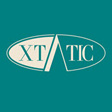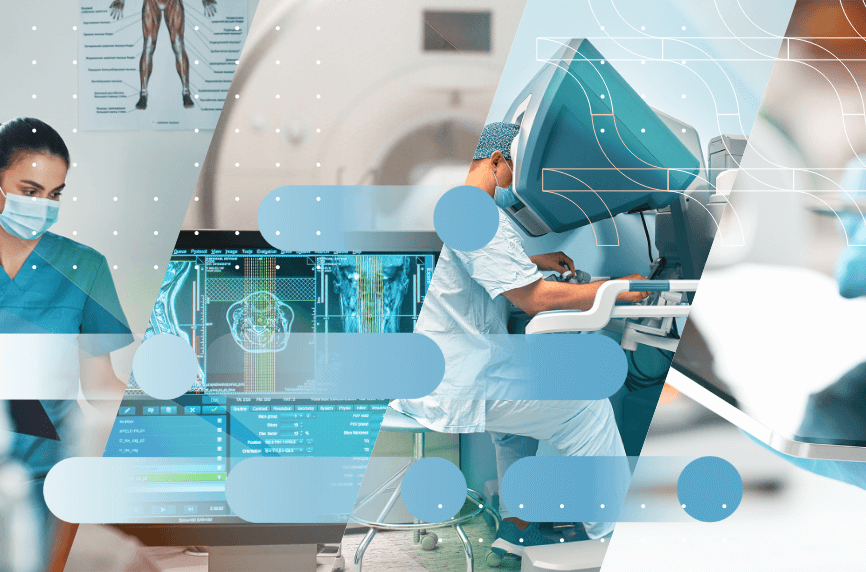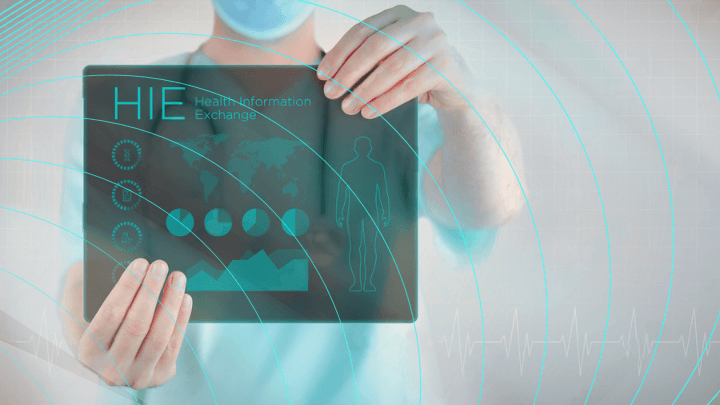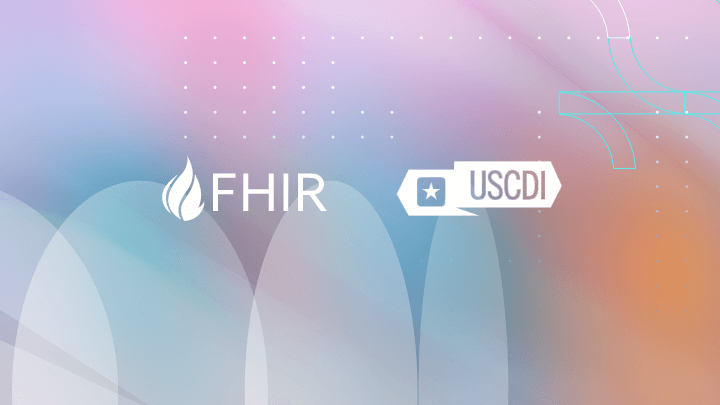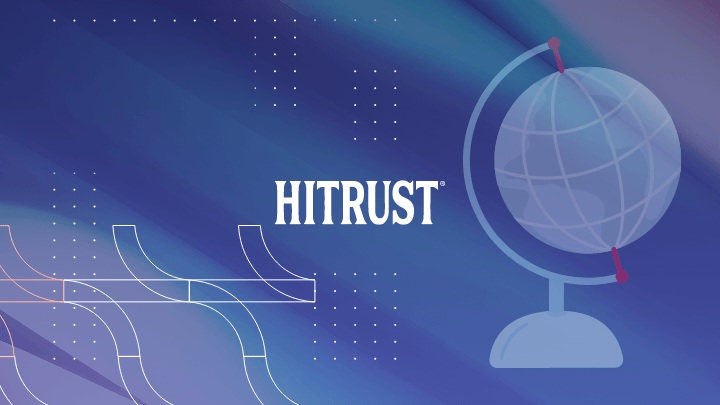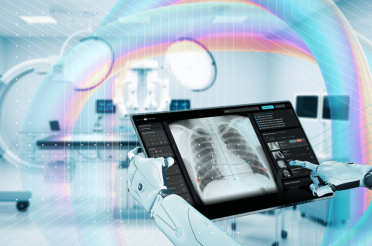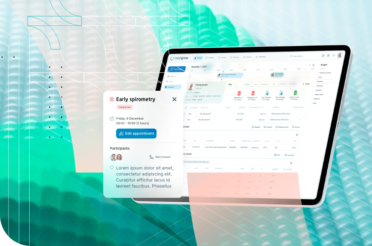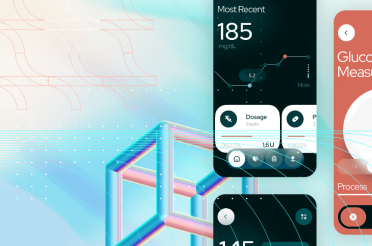Interoperability in healthcare means different systems and apps can talk to each other, share data, and use that data. It’s important because it helps healthcare providers, patients, and others share information easily.
This sharing helps improve how care is coordinated, makes patients healthier, and reduces mistakes. It also helps create new ways of giving care and tools for making decisions. Interoperability is closely tied to data infrastructure, which makes sure healthcare data is organized, safe, and can be used by different systems.
This infrastructure has rules, protocols, and tools for sharing health information safely.
In the next parts, we’ll look at the challenges, benefits, and best ways to do interoperability in healthcare. We’ll see how it’s changing healthcare and making it better with real examples and stories.
Importance of interoperability in healthcare
Interoperability lets different healthcare systems and tools communicate and exchange data smoothly.
It is key to giving high-quality care and improving health outcomes. It means connecting various health technologies so that healthcare workers can quickly and safely share patient data across platforms and groups.
Interoperability is important because it lets us use shared information in meaningful ways. This is where semantic interoperability is essential. It makes sure that when systems exchange data, the receiver understands the data just as the sender does.
This understanding is crucial for consistent and accurate patient care. It helps healthcare providers interpret and use information without misunderstanding or delay.
Health information exchange (HIE)
Effective health information exchange (HIE) supports interoperability by allowing health data to be shared in real time among healthcare professionals, hospitals, and healthcare groups. This sharing is essential for managing chronic diseases, emergency actions, and care coordination.
Interoperable systems provide a complete view of a patient’s medical record and history, including past diagnoses, treatments, and results. This improves decision-making and personalized care plans.
Implementing interoperable electronic health records (EHRs) in healthcare shows how interoperability improves patient care. These systems document patient visits fully and make this information available to all related healthcare workers. They keep care updated with the latest complete information. Also, interoperable EHRs help with patient-centered care by letting patients see their health records and join in decision-making.
Despite its advantages, achieving interoperability in healthcare faces obstacles like technical issues and the need for system standardization. However, healthcare groups, tech providers, and regulators are working hard to solve these problems. They are gradually creating a more connected and efficient healthcare system.
Key challenges for interoperability in healthcare
The obstacles referenced earlier range from technical issues to regulatory hurdles, each adding layers of complexity to the healthcare ecosystem. Understanding these challenges is crucial for developing effective strategies to overcome them and achieve the goal of a fully integrated healthcare system.
Below are some of the most significant challenges detailed:
- Disparate healthcare information systems: Different health information systems among healthcare providers cause compatibility problems. This affects smooth data sharing and integration.
- Regulatory compliance requirements: Dealing with complex regulatory rules is a big challenge. You must make sure your health data practice follows different local, national, and international laws.
- Semantic interoperability: Achieving semantic interoperability, where multiple systems understand health information technology the same way, is a major challenge. This highlights the need for standard terms and data formats.
- Administrative burden: The effort and healthcare cost of managing interoperability, including the resources needed for setting up interoperable systems, is a big challenge for many healthcare organizations.
- Security and privacy concerns: Keeping electronic health information safe from growing cyber threats is a big problem. Healthcare groups need to invest in strong cybersecurity to protect sensitive patient data in medical records.
- Multiple healthcare systems integration: Integrating many healthcare computer systems, each with its own protocols and standards, makes achieving interoperability complex. It needs advanced technical solutions and teamwork.
In conclusion, successful integration always begins by understanding the healthcare interoperability challenges. Hurdles such as system disparities, regulations, and security, demand strategic solutions for seamless exchange of accurate data and improved patient care.
Interoperable data standards
The introduction of interoperable data standards, like Fast Healthcare Interoperability Resources (FHIR) and United States Core Data for Interoperability (USCDI), is very recent in health IT.
These standards help improve data sharing, make data exchange smoother, and boost health information exchange between the two different health systems:
- Fast Healthcare Interoperability Resources (FHIR): It provides a way to exchange, integrate, share, and retrieve electronic health information. FHIR also works for many applications like electronic health records, mobile apps, cloud services, and data analysis. (12) Its flexibility, easy implementation, and open standards have made it imperative to current health IT projects.
- United States Core Data for Interoperability (USCDI): USCDI establishes a standard set of health data interoperability classes and elements important for patient care and interoperability. It makes sure that important healthcare data is always available across systems. USCDI also leads to better patient results and more efficient healthcare.
Combining FHIR and USCDI has greatly improved data management interoperability in healthcare. For instance, their use lets you instantly access complete patient histories, lab results, and medication details. This boosts decision-making and patient care. These standards make it easier to share data, giving patients better access to their health information and more control over their healthcare.
The impact of these data standards extends beyond individual patient care. They support big public health projects, research, and quality improvement programs by offering a standardized method for sharing health data.
Role of data governance in healthcare
Data governance is crucial in healthcare for managing information and ensuring its quality, privacy, and security. These aspects are fundamental to achieving interoperability across different health systems. This type of governance allows for easy and secure sharing and integration of patient data.
A prime example of adapting general data governance to healthcare needs is the implementation of the Data Governance Institute’s (DGI) Framework.
Its principles of defining governance roles, decision-making rights, and accountability have been specifically tailored to address the nuances of healthcare data management. (15) This adaptation shows the importance of structured governance in maintaining the confidentiality of patient data.
Health Information Trust Alliance (HITRUST) Common Security Framework (CSF)
The Health Information Trust Alliance (HITRUST) Common Security Framework (CSF) is a security framework for healthcare. It sets rules to protect health data and meet regulations. It helps organizations manage risks and improve cybersecurity.
The HITRUST CSF provides a wide range of controls for data protection, compliance, and risk management. These features directly tackle key data governance issues in healthcare. This framework aids providers in dealing with complex data regulations by guaranteeing thorough data security and compliance.
By using frameworks like DGI and HITRUST CSF, healthcare organizations greatly improve their data governance. These frameworks boost data quality, privacy, and security. They also ensure that protected electronic health information is used well to enhance healthcare outcomes.
This strategic data governance approach builds a culture of trust and safety. It supports seamless data sharing and interoperability in modern healthcare. These examples highlight that effective data governance is essential for a robust healthcare IT infrastructure, It aids providers like you in enhancing patient care and efficiency.
Impact of big data and analytics
The impact of big data and analytics is changing healthcare, by creating new chances to improve patient results and make operations more efficient. Healthcare workers use large amounts of data, like electronic health records, to forecast trends and use resources better than before.
Big data’s role is clear in predictive analytics, where algorithms use health data to foresee health problems early and allow for preventive action. Health information exchange and big data lead to a more integrated healthcare industry. They both ensure that health information systems communicate seamlessly.
The combination of big data, analytics, and interoperability is pushing personalized medicine forward. Providers can customize treatments for each patient by analyzing genetic and clinical data. This blend not only betters patient outcomes but also boosts the operational side of a health care system.
Advancements in health information exchange
The global health information exchange market is growing fast. A focus on patient-centered care and better healthcare infrastructure in new markets fuels it. This growth is shown by a rise from $1.1 billion in 2020 to an estimated $2.0 billion by 2025.
This increase is also accompanied by a number of significant advancements in HIE that significantly contribute to this growth, including:
- Interoperability frameworks: Adopting standards like FHIR helps smooth data exchange and integration across healthcare systems. This standard is crucial for patient-centered care, which is essential for informed patient-provider discussions.
- Blockchain technology: Blockchain, used for secure and unchangeable health data exchange, meets the need for privacy and security in handling patient data. This technology supports patient-centered care by protecting data integrity and increasing trust in health information exchange platforms.
- Artificial Intelligence (AI) and Machine Learning (ML): AI and ML are transforming healthcare data analysis, by making predictive analytics better and personalizing medicine. They help manage big data efficiently and fit well well with the healthcare industry’s push for operational efficiency.
Technological progress is linked to market forces like the focus on patient-centered care and infrastructure growth in modern medical services. This evolution boosts healthcare interoperability and greatly aids the sector’s growth and the improvement of health outcomes.
Security and privacy concerns in healthcare interoperability
As healthcare systems link up more through health IT, it gets harder to protect electronic health records and guarantee secure data sharing. Solving these issues is growingly important for patient safety and keeping the integrity of healthcare providers and their systems.
Below, we will discuss the main challenges a healthcare enterprise can face in their interoperability and communication systems.
Data breaches
Data breaches are the top security risk because they mean unauthorized access to sensitive patient information. This information can include medical history from a patient’s health record and even population data from public health systems.
These can be deliberate attacks or accidental leaks due to system weaknesses. The impacts are severe, like financial damage, privacy breaches, and possible harm to patients.
Ransomware attacks
Healthcare places are now major targets for ransomware, where attackers lock data and ask for payment to unlock it.
But threats aren’t just from outside. Insider threats come from people inside who might intentionally expose patient data or do it by mistake.
Reducing these risks involves tight access rules and checking data access records regularly. This is especially valid for interoperable health information exchange where promoting interoperability can lead to a more complicated access structure.
Employee scams
Phishing scams deceive healthcare workers into giving away sensitive data. Teaching staff to spot these scams and using better email filters are the main ways for you to stop them.
Risky sharing methods can also cause data theft and access by the wrong people. This makes using encrypted data transmission protocols essential for you and your staff.
As more healthcare providers use cloud services for storing data, keeping this cloud-stored data secure gets more and more important. This means making sure cloud providers meet healthcare regulations and adding extra data encryption.
By addressing security and privacy issues with thorough risk management plans, you can make your health information systems stronger. This involves using the latest cybersecurity tech, strict data rules, and promoting a security-aware culture among all staff.
Government regulations and policies for interoperability in healthcare
Government rules are key to healthcare interoperability. They foster interaction among providers, IT developers, and patients.
These rules make patient data accessible, enhance care, and protect privacy. They help share data across systems and with patients, by promoting a unified, efficient, and patient-centered system.
Here are the regulations that need to be considered:
- Patient access final rule: This rule requires you to give patients easy access to their health information. It supports transparency and patient empowerment and promotes using interoperable systems that enable data sharing.
- Health insurance portability and accountability act (HIPAA): HIPAA guards patient privacy and sets rules for using and sharing electronic health records. It demands measures to keep health data confidential, which affects how you can handle and share information.
- 21st century cures act: This act speeds up the development of medical products and gets innovations to patients faster. It works to boost healthcare interoperability, stops information blocking, and requires the use of standardized APIs for data sharing.
- Meaningful use program: Standards from the HITECH Act encourage healthcare providers to use EHRs well to enhance care. It demands electronic health information exchange to improve care quality.
- ONC Health IT Certification Program: This program sets standards for health IT product certification. It ensures EHRs and other health IT solutions meet interoperability standards and makes data exchange across platforms smoother.
These policies are meant to guide the healthcare industry’s data sharing and interoperability approach. By establishing standards and requirements, they aim to build a more connected and efficient healthcare system.
Integration of emerging technologies for interoperability
Incorporating new technologies like AI, blockchain, and remote patient monitoring into healthcare systems improves interoperability and makes data management more efficient.
Each technology offers special features to tackle healthcare challenges, and we are about to discuss these in the paragraphs below.
Artificial intelligence (AI) in healthcare
AI in healthcare ranges from supporting clinical decisions to diagnosing and planning treatments. It uses machine learning to spot patterns in big datasets like electronic health records (EHRs).
AI can also predict diseases, diagnose more precisely, and suggest customized treatments. It improves healthcare interoperability by combining different data sources and aiding in coordinated care among providers.
Blockchain technology for secure data exchange
Blockchain offers an unchangeable record system for health transactions, which protects patient data’s integrity and privacy. It makes healthcare data shared across networks reliable and traceable. This results in recutting down on fraud and breaches.
With secure, permission-only access, blockchain aids in safely sharing health records. It improves how healthcare systems work together and meets data privacy and security regulations.
Remote patient monitoring (RPM) for expanding care delivery
RPM uses interoperable medical devices to track patient health information in real-time and sends it to healthcare providers for review and action. This constant monitoring outside of hospitals lowers the need for readmissions. RPM helps integrate health data into EHR systems to give you access to the latest patient data, no matter where the care happens.
Adding these technologies to healthcare not only makes patient care more efficient but leads to a more interoperable healthcare system. By creatively using AI, blockchain, and RPM, the healthcare sector can tackle current information system challenges. This leads to better health results and more personalized care for patients.
Conclusion
Using new technology to improve data systems and interoperability in healthcare is essential today. It offers benefits like better clinical outcomes, more efficient operations, and increased patient involvement. The technology highlights the impact of these innovations.
Integrating advanced technologies like AI, blockchain, and RPM marks a new era of efficiency, security, and patient-focused care. Adopting these technologies helps you address data system challenges and fragmented care.
Better organizational interoperability simplifies the processing of patient health data. It enables informed decisions by providers, reduces human errors, and enhances outcomes. AI and big data have improved diagnostic accuracy and patient risk prediction. They allow for early intervention and better chronic condition management.
Furthermore, improved data systems and interoperability give patients access to their health information and promote transparency. This leads to higher satisfaction and outcomes as patients are more likely to follow treatment plans and manage their health proactively.
Sources
